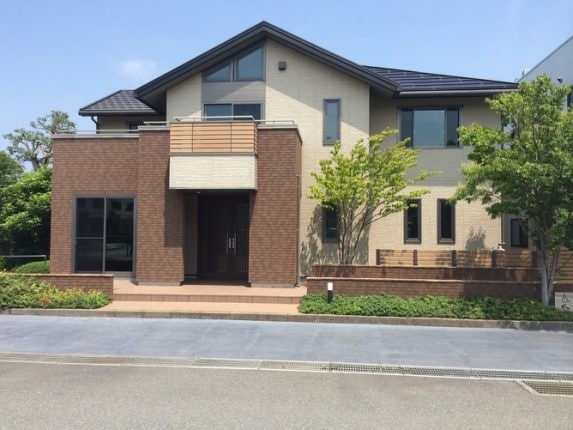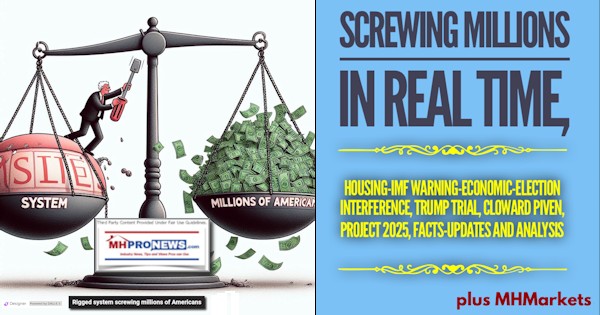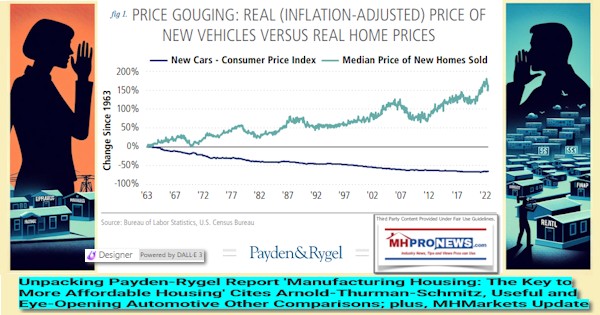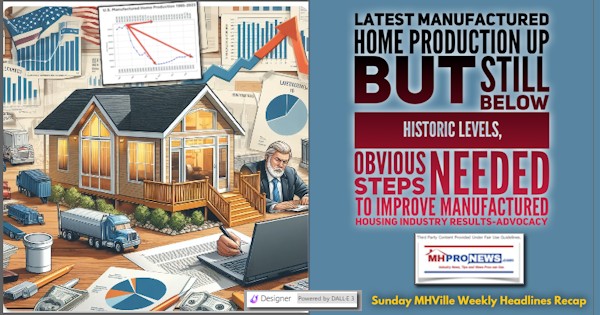
Japan has many large modular home builders, the largest of which turns out about 10,000 homes annually. As globalconstructionreview reports, “The extremely large Japanese housing industry, which produced more than a million new houses as recently as 2008, facilitates the ongoing development of these research-intensive prefabricators which thrive on feeding a consumer segment that values high quality durability against natural disasters like earthquakes.”
In the U. S. factory-built housing has never been part of the mainstream, while in Australia and the UK traditional methods of construction continue to dominate the landscape. However, in Australia prefab has been used for school buildings and mining camps. Manley and Steinhardt say Sweden is driven by environmental activism in its use of prefab. In Japan, prefab responds to high population density and the threat of earthquakes.
MHProNews understands the combination of manufactured and modular homes produced in the U. S. each month totals between six and seven thousand units, according to the Manufactured Housing Institute (MHI). ##
(Photo credit: theconversation–Sekiusi modular house, made by Shizuoka)


























